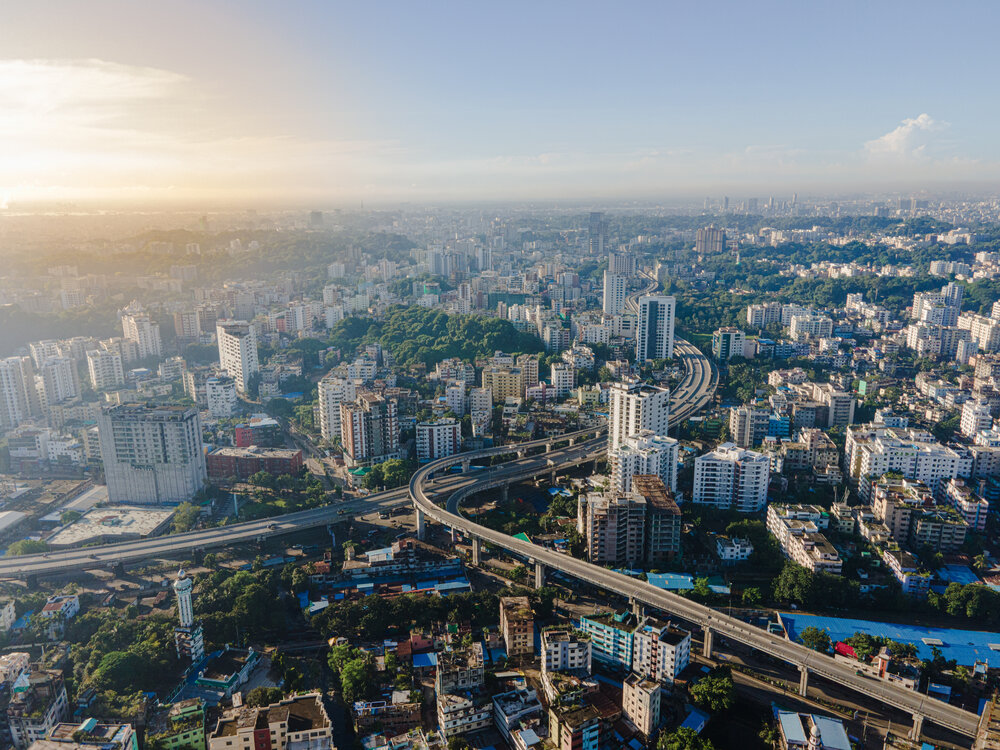Above ground level: How to address heat risks in tall buildings

WMO’s State of the Climate 2024 Update has once again sounded the alarm on the pace of climate change, with 2024 on course to be the hottest year in history. Days of extreme heat are becoming more intense and more frequent, especially in urban areas and cities.
Rising temperatures aren’t just a weather issue; they give rise to a public health crisis. But there’s an overlooked risk at play: urban residents in high-rise buildings are uniquely vulnerable to dangerous heat exposure, and we believe it’s time to address this aspect of urban development.
The Urban Heat-Health Risk Index (UHHRI), developed by HSR.health as part of the 2024 Climate and Disaster Resilience Pilot, offers a groundbreaking approach for assessing these risks and identifying vulnerable populations.
The UHHRI leverages machine learning, geospatial technologies, satellite imagery, and health and social data to predict the impact of extreme heat on vulnerable populations.
Understanding unique heat risks
Tall buildings experience a different heat exposure compared to ground-level structures due to several factors:
- Increased solar radiation: The upper floors of tall buildings are exposed to more direct solar radiation than shorter buildings or ground-level structures. This results in hotter interior temperatures.
- Cooling challenges: It’s harder to pump cool air and water to the upper floors of high-rise buildings, making these spaces less efficient in managing temperature fluctuations.
- Evacuation difficulty: The higher the building, the more difficult evacuation becomes.
Despite the significant role that tall buildings play in urban environments, most traditional heat risk assessment models focus primarily on ground-level conditions, leaving people living in tall buildings underprotected.
The UHHRI directly incorporates the additional risks posed by tall buildings offering a more comprehensive view of urban heat exposure.
How it works
The UHHRI considers social determinants of health, such as age, income level and pre-existing health conditions, alongside environmental factors like land cover and building type.
By incorporating building-specific data, such as solar exposure and cooling challenges, the UHHRI can assess the heightened risks faced by residents in tall buildings.
In the pilot study conducted in New York City, the UHHRI revealed that 64 residents of a single high-rise building were exposed to significantly greater heat due to their position in the upper floors.
This level of detail is critical in assessing levels of heat-related hospitalisation and designing effective heat response strategies for cities.
Heat-risk planning
As global temperatures continue to rise, the challenges of managing heat exposure in high-rise buildings will only intensify.
By integrating these risks into the UHHRI, HSR.health’s model provides public health officials, health system managers, emergency responders and city managers with the insights they need to allocate resources, such as cooling centers and emergency response teams, more effectively.
By prioritising resilient design and proactive planning, we can create cities where everyone stays safe from the escalating dangers of extreme heat.